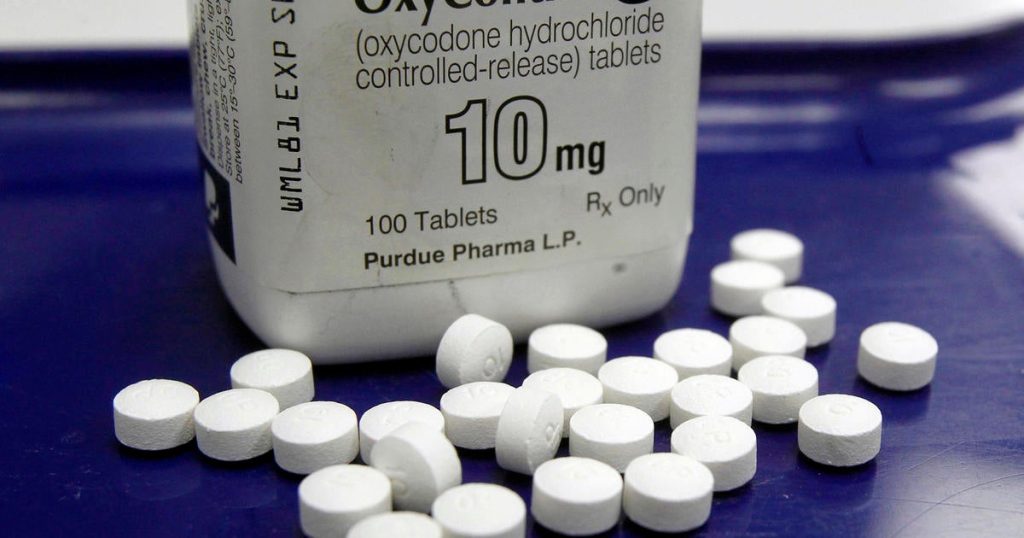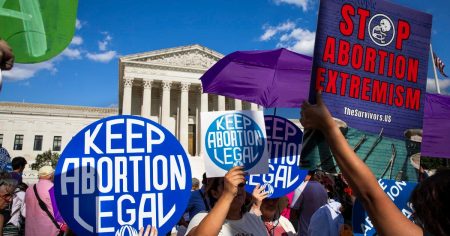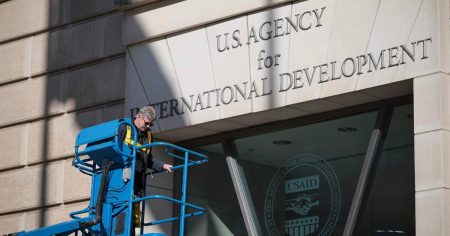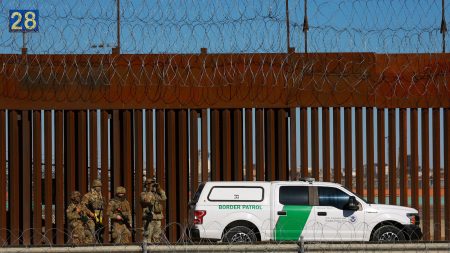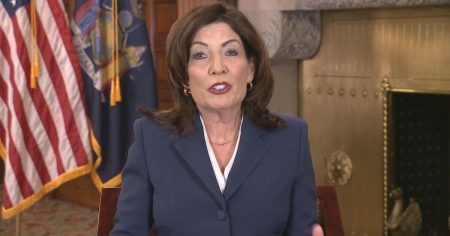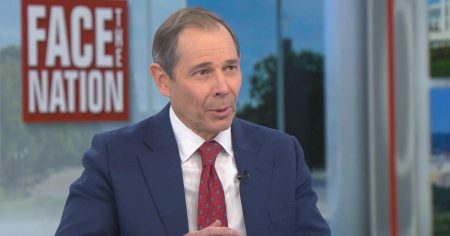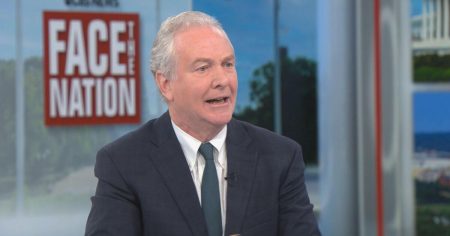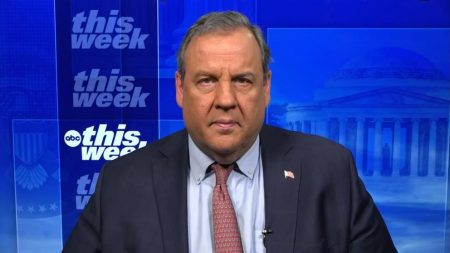Nevada’s Budget Battle: A Fight Over Opioid Settlement Money
In a tense legislative committee hearing in Nevada, state lawmakers clashed with members of Governor Joe Lombardo’s administration over a contentious issue: how to address gaping holes in the upcoming state budget. At the heart of the debate is whether opioid settlement money—intended to combat the opioid crisis—should be redirected to fund Temporary Assistance for Needy Families (TANF), a safety net program for low-income families and children. This proposal has sparked a heated discussion about the appropriate use of opioid settlement funds and the challenges states face as federal pandemic relief dollars dry up.
The budget proposal reveals that previous funding for TANF, which has been supported by federal COVID-19 relief funds, will no longer be available after June 30, 2025. With billions in federal aid set to expire, Governor Lombardo’s administration has proposed allocating $5 million from opioid settlement money to support TANF in Nevada’s two most populous counties, Clark and Washoe. Proponents argue that this funding is crucial to maintain services for vulnerable families, particularly those impacted by substance abuse. However, critics worry that diverting opioid settlement money for this purpose sets a dangerous precedent and undermines the intended use of these funds to address the ongoing opioid crisis.
Federal Funding Uncertainty and the Attraction of Opioid Settlement Money
The expiration of federal pandemic relief funds is just one of many financial challenges states are grappling with as they enter budget season. Actions by the Trump administration and threats from congressional Republicans to cut Medicaid—a joint federal-state program providing health insurance to low-income individuals—have further complicated the landscape. As states scramble to find alternative funding sources to maintain essential social services and healthcare programs, opioid settlement money has emerged as a potential solution. Over $10 billion in opioid settlement funds has already been allocated to states, with billions more expected over the next decade. While this money is tempting for budget-strapped states, recovery advocates and legal experts insist it has a specific purpose: addressing the addiction and overdose crisis.
A Troubling Precedent: Critics Warn Against Diverting Opioid Settlement Funds
Even though $5 million is a small fraction of the hundreds of millions Nevada has received in opioid settlement money, critics argue that using it for TANF sets a troubling precedent. Nevada Assembly Speaker Steve Yeager, a Democrat, expressed concerns at the hearing, stating that there is no direct link between opioids and the governor’s proposal. He emphasized that settlement money should not be used to "backfill budget accounts." Richard Whitley, director of Nevada’s Department of Health and Human Services, countered that the funding is appropriate, as it will help relatives raising children whose parents struggle with substance abuse. Elizabeth Ray, a spokesperson for Governor Lombardo, added that the money would support families at risk of losing custody of their children due to substance use, aiming to prevent foster care placements and keep kids in stable homes. However, questions remain about how effectively these dollars can be targeted to such specific populations.
The Risks of Diverting Opioid Settlement Funds: Lessons from the Past
The debate in Nevada is not isolated. Other states, such as Connecticut and Arizona, have faced similar challenges. Connecticut’s Democratic governor has proposed redirecting opioid settlement money to social services previously funded by federal dollars, while Arizona transferred $115 million in settlement money to its prison system to address a budget deficit. These actions have raised concerns among recovery advocates, who fear that states are misusing opioid settlement funds to plug budget gaps rather than addressing the opioid crisis. National recovery advocate Ryan Hampton, who founded a Nevada-based advocacy organization, warned that such diversions could have dire consequences, echoing the mistakes of the past. In the 1990s, tobacco settlement money was initially used for anti-smoking programs but later raided to fill budget shortfalls, leading to a decline in funding for tobacco prevention efforts. Today, tobacco use remains a leading cause of preventable death in the U.S.
State Restrictions and the Ongoing Struggle to Balance Budgets
While Nevada and Connecticut are among 13 states that have explicitly restricted the practice of supplantation—or using opioid settlement funds to replace existing funding streams—critics remain skeptical. Whitley and the governor’s office insist that their proposed use of settlement funds does not violate these restrictions. At the hearing, Whitley acknowledged that the budget proposal’s wording may have created confusion and promised to clarify the language. He emphasized the importance of settlement dollars as federal funding sources dwindle, saying, "As ARPA [the American Rescue Plan Act] goes away and other flexible funding goes away to address problems, this becomes one that really we have to rely on." JK Costello, a behavioral health consultant, acknowledged that ideally, settlement money should enhance existing services, but realistically, some safety net programs may serve as a lifeline for people with opioid use disorder. However, he warned that using settlement funds to backfill budgets could undermine their intended purpose.
A Warning to States: Protect Opioid Settlement Funds for Their Intended Purpose
As states navigate the challenges of expiring federal aid and shrinking budgets, the temptation to dip into opioid settlement funds will only grow. Kristen Pendergrass of the nonprofit Shatterproof urged states to prioritize rainy day funds before raiding settlement accounts. Nevada, for example, has $1.23 billion in its rainy day fund—more than the national median. Pendergrass caution that allowing settlement funds to be used for unrelated purposes could have long-term consequences, diverting money away from critical addiction services. Hampton, who is in recovery from opioid addiction, echoed this sentiment, stating, "The money was won to remediate harms and save lives. It should be used that way." As the opioid epidemic continues to claim tens of thousands of lives annually, the debate over how to use settlement funds is not just about budget priorities—it’s about ensuring that these dollars are used to address the crisis they were intended to solve.





